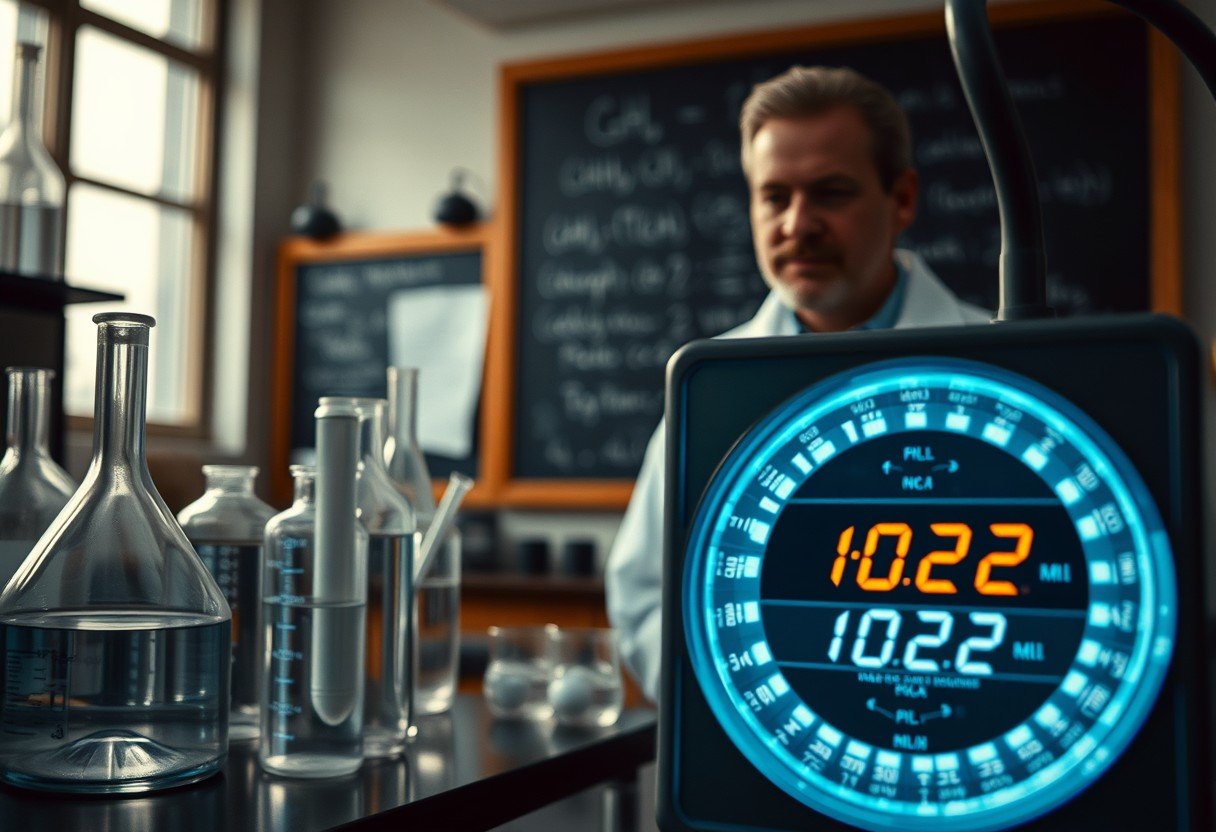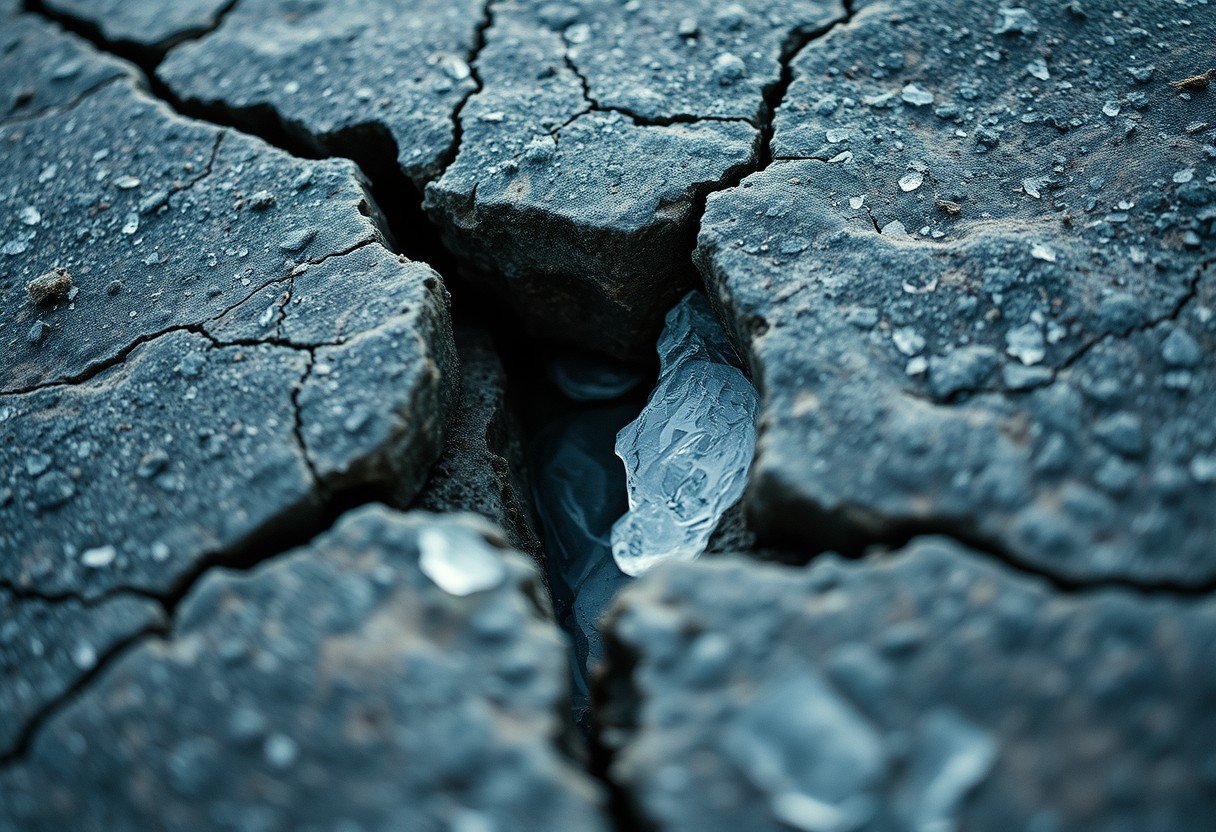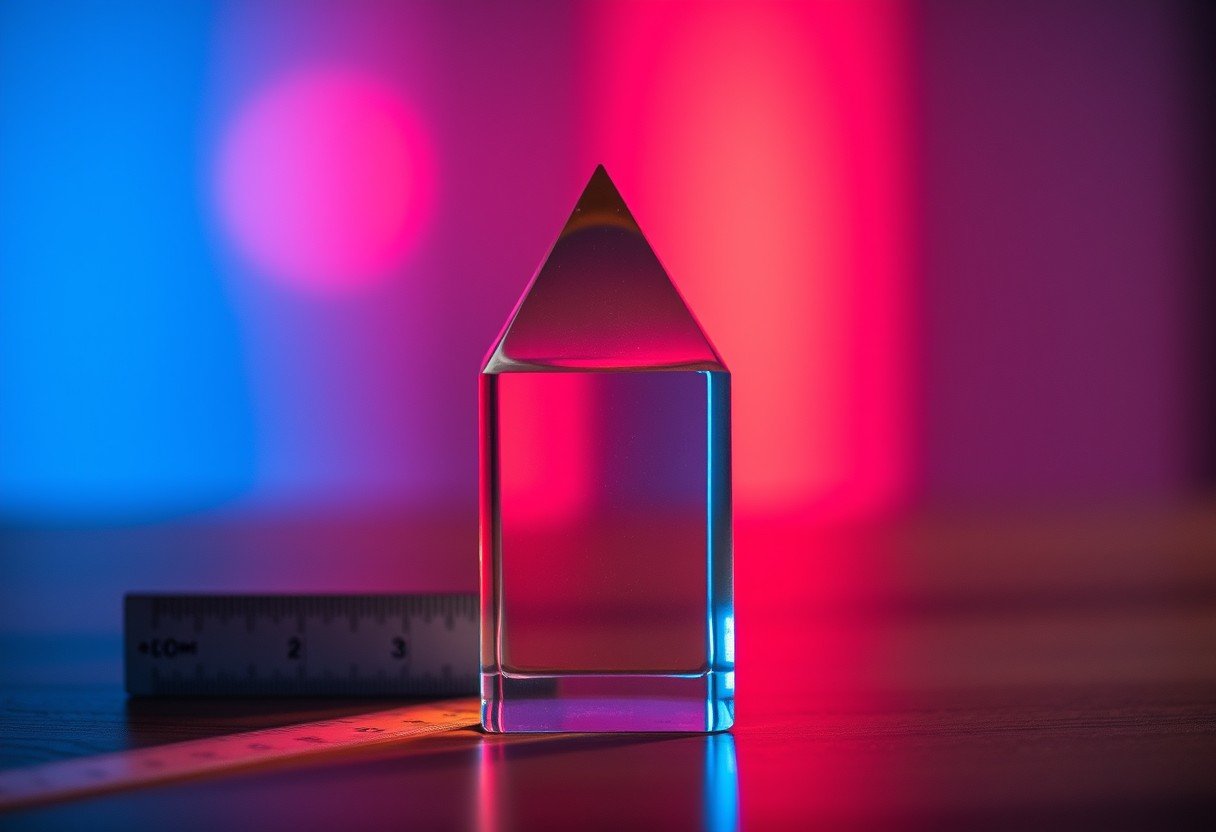Have you ever wondered how chemists count something as tiny as a water molecule? They use a unit called a mole. This guide will show you how to figure out how many moles are in 0x1022 molecules of water. The process is straightforward and uses a special number called Avogadro’s number. Understanding this helps connect the invisible world of molecules to measurements we can use in the real world.
What are Moles and Molecules in Chemistry?
Before diving into calculations, it’s essential to understand the two main players: molecules and moles. They are related, but they measure very different things.
A molecule is the smallest unit of a substance that keeps all of its chemical properties. For water, one molecule is H₂O, made of two hydrogen atoms and one oxygen atom. It’s a single, physical particle.
A mole, on the other hand, is not a particle but a unit of measurement for an amount. Think of it like a “dozen,” which always means 12. A mole is simply a very large number of particles, specifically 6.022 x 10²³. This allows scientists to work with amounts of atoms or molecules that are large enough to see and measure.
| Concept | What It Is | Example |
|---|---|---|
| Molecule | A single chemical unit | One H₂O particle |
| Mole | A specific quantity of units (6.022 x 10²³) | 6.022 x 10²³ H₂O particles |
The Role of Avogadro’s Number in Calculations
The bridge that connects the microscopic world of molecules to the macroscopic world of moles is Avogadro’s number. This famous constant in chemistry is approximately 6.022 x 10²³, and it is the key to converting between these two units.
Imagine you’re a baker counting individual sprinkles. It would be impossible. Instead, you might count them by the box. Avogadro’s number works the same way for chemists. It lets them “box up” a huge number of molecules into one convenient unit: the mole.
Without Avogadro’s number, chemists would not be able to relate the weight of a substance in grams to the number of molecules in it. It is a cornerstone of quantitative chemistry, especially in an area called stoichiometry, which deals with the quantities of reactants and products in chemical reactions.
How to Convert Molecules to Moles: The Formula
Converting a specific number of molecules into moles is a simple division problem once you know the formula. The relationship is direct and always uses Avogadro’s number as the conversion factor.
The formula is:
Moles = Number of Molecules / Avogadro’s Number (6.022 x 10²³)
To use this formula, you just need to know the number of molecules you have. You then divide that value by 6.022 x 10²³. This calculation tells you how many “groups” of 6.022 x 10²³ are in your sample.
Calculating Moles for 0x1022 Water Molecules
Now, let’s apply the formula to the specific question. We are given 0 x 10²² molecules of water. The first step is to recognize what “0 x 10²²” actually means.
Any number multiplied by zero equals zero. So, 0 x 10²² molecules is simply 0 molecules. There is no substance present. This makes the calculation very easy.
Using the formula:
Moles = 0 molecules / 6.022 x 10²³ molecules/mole
The result of this calculation is 0 moles. It’s a straightforward answer that highlights a fundamental concept: if you have no particles, you have no moles of those particles.
Why Does 0 Molecules Mean 0 Moles?
The result of 0 moles makes perfect logical sense. A mole is a count of molecules. If there are no molecules to count, then the count is zero. It’s like asking how many dozens of eggs you have if your carton is empty. The answer is zero dozens.
This concept is important because it reinforces the definition of a mole. It is not a substance itself but a unit that quantifies a substance. The presence of moles depends entirely on the presence of the particles being measured. If you have zero water molecules, you have zero amount of water, which means you have zero moles of water.
Common Mistakes when Calculating Moles
While the calculation for this specific problem is simple, students often make mistakes when converting between moles and molecules. Understanding these common errors can help you avoid them in the future.
One frequent mistake is confusing moles and molecules. Remember, a molecule is a single particle, while a mole is a huge collection of them. They are not interchangeable terms.
- Multiplying instead of Dividing: When converting from molecules to moles, you must divide by Avogadro’s number. Multiplying is only correct when you are converting from moles to molecules.
- Ignoring the “Zero”: In a problem like 0 x 10²², some might get confused by the scientific notation. It is crucial to perform the initial multiplication to see that the starting quantity is simply zero.
- Incorrect Calculator Entry: When working with large numbers in scientific notation, it’s easy to make a mistake entering them into a calculator. Always double-check your input.
Being mindful of these points will improve your accuracy in chemistry calculations.
Practical Uses of Mole Calculations in Science
You might wonder why knowing how to do these calculations is so important. This skill is not just for chemistry class; it has vital real-world applications across many scientific fields.
In pharmaceuticals, chemists must precisely measure moles of different substances to create safe and effective medicines. The dosage of a drug is often based on the number of molecules that will interact with the body’s cells.
Environmental scientists use mole calculations to measure pollutants in the air and water. Understanding concentrations at a molecular level helps them assess environmental risks and develop solutions. From creating new materials to ensuring food safety, mole calculations are a fundamental tool for scientists.
Frequently Asked Questions about Moles and Molecules
How many molecules are in one mole of water?
One mole of any substance, including water (H₂O), contains Avogadro’s number of molecules. This means there are approximately 6.022 x 10²³ molecules of water in one mole.
What does 0 × 10²² molecules of water mean?
The expression 0 × 10²² is a mathematical way of saying zero. When you multiply any number by zero, the result is zero. Therefore, it means you have absolutely no water molecules.
What is the significance of Avogadro’s number in chemistry?
Avogadro’s number (6.022 × 10²³) is a crucial constant that links the number of particles (atoms or molecules) in a substance to its amount in moles. It allows scientists to move from the microscopic scale of single molecules to the macroscopic scale of grams that can be weighed in a lab.
How do I calculate moles if I have a different number of molecules?
To find the number of moles from any given number of molecules, you always use the same formula. Simply divide your number of molecules by Avogadro’s number (6.022 × 10²³).
Is a mole the same as a molecule?
No, they are very different. A molecule is a single particle of a substance (like one H₂O). A mole is a specific quantity, or count, of those particles (6.022 x 10²³ of them).









Leave a Comment